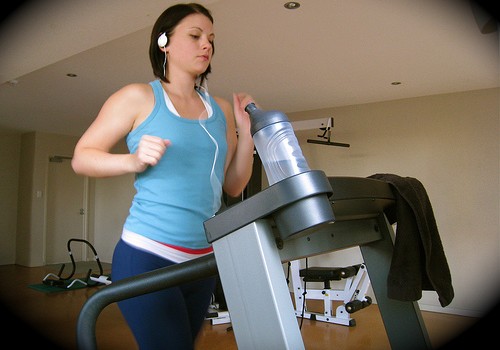
The Treadmill - It Can Be A Useful Tool
Treadmills get a raw rap - and they mostly deserve it. However, they do have one major advantage: they're easy cardio, right there in the gym. The treadmill isn't a place to move into and get comfortable, but it's not a bad way to get some light cardio in to warm up, and it doesn't require any thought whatsoever; sometimes you just need to elevate your heart rate without having to use any of your precious energy and effort before you get to the main part of your workout. For that, the treadmill is ideal - though not as ideal as the exercise method featured on the next slide...
- Important notification about information and brand names used in this slideshow!
- Photo courtesy of lu_lu by Flickr : www.flickr.com/photos/_lulu/3325186785/
- www.fitnessmagazine.com/workout/tips/quick-tricks/best-workout-tips/
- http://www.netfit.co.uk/training/gymworkouts/index.htm
- http://www.bodybuilding.com/fun/manny6.htm
- http://www.wikihow.com/Get-Fit-in-the-Gym
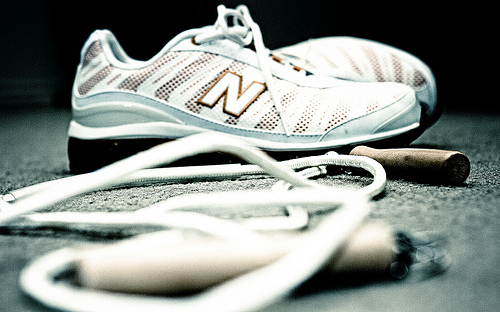
Jump Rope - Just a Few Minutes Can Deliver Results
Rope skipping is one of the most simple, effective forms of training there is. It can be done for long periods, or for short, intense sessions (one-foot double unders, anyone?). It improves coordination and proprioception, speed and posture. Beware, though: if you're not used to it it can also make your calves sore! Skipping ropes come a standard length, and if you're shorter than about 6'4" you'll probably need to cut yours down a bit. Stand on the middle of the rope and raise the handles to your armpits. If they reach the rope is long enough; if they're in your ears, it's too long. Pull the rope through the handles, cut and knot it and you're ready to start. Begin with the rope on the floor behind you. As you swing it over your head, begin to jump, and don't 'jump' - bounce, lightly, without too much tension. Your heels should almost touch the floor, but not quite. A few minutes' practice and you'll be away!
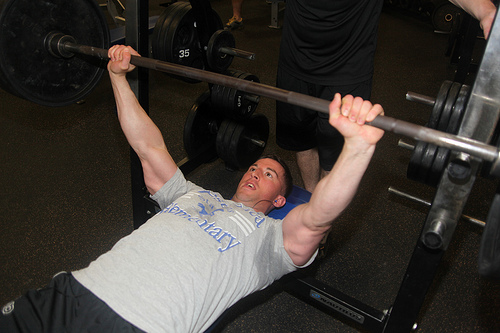
The Bench Press Is the Go-To Upper Body Pushing Movement for A Reason
Bench presses are the go-to exercise for upper body strength and there's no wonder - they're easier to set up than overhead presses and they require relatively little technique. Additionally most of us can press and pull far more horizontally than we can vertically, so the bench press offers the biggest load for the upper body. To perform the lift, you'll lie on your back on the bench with your feet flat on the ground. Your shoulders should be flat against the bench - don't hunch them up, it doesn't make you stronger, it just makes you get injured. Drive the bar up to full extension and lower until it touches your chest, then repeat. This is definitely a lift you should get someone to spot you in!
- Important notification about information and brand names used in this slideshow!
- Photo courtesy of CherryPoint by Flickr : www.flickr.com/photos/mcas_cherry_point/8571827572/
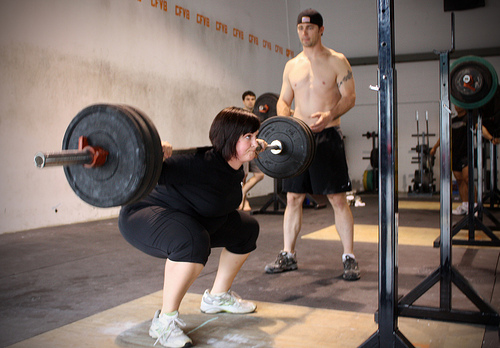
Squats - For Powerful Legs, Back, Hips, Core and More
The squat is perhaps the most important exercise you'll do in the gym. It uses the biggest muscles in the body, allows the greatest loads and as a result, it offers the biggest adaptations you can get. Squatting isn't dangerous to any part of your body - not your back, not your knees, not your ankles. But squatting badly is. The first few times you practice this lift, train it. Don't try to use it as a workout: use it as practice. Get the movement right and it will stand you in good stead. Keep a strong curve in your lower back, and your knees out.
- Important notification about information and brand names used in this slideshow!
- Photo courtesy of Amber Karnes by Flickr : www.flickr.com/photos/ambernussbaum/3596359675/
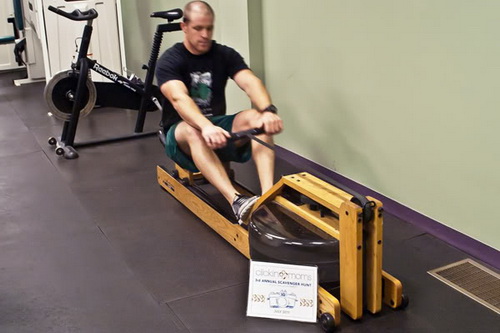
Rowing Machines Are A Great Way To Get Volume or Cardio
Rowing machines are a great way to combine resistance, intensity and volume. They don't require much skill and they're easy on the nervous system, so you can just sit in the seat and pull the handles to get the results you want. Rowing machines replicate a movement that was designed to get the most energy out of the human body possible. As a result, it's a movement that requires input from virtually every muscle in the body, meaning a full-body workout in one move. It's not perfect - but it's pretty good, and it works equally well as a warm-up too.
- Important notification about information and brand names used in this slideshow!
- Photo courtesy of ScrapperDi by Photobucket : media.photobucket.com/user/ScrapperDi/media/SomeoneonaRowingMachineResized.jpg.html?filters[term]=rowing%20machine&filters[primary]=images&filters[secondary]=videos&sort=1&o=20
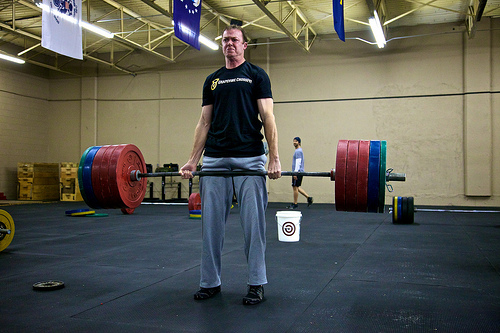
Deadlift: Most People's Heaviest Lift, and One of the Best
The deadlift is a pretty simple, neanderthal movement. At its core, it's just 'pick up the bar.' So what's so great about it? It's most people's heaviest lift. The more weight you lift, the more calories you burn, the more tendons and ligaments you strengthen, the more muscle you put on, the stronger you become. As a bonus, until your deadlift gets up to about double your bodyweight, you'll be mostly building fast-twitch fibers: the heavier you lift the faster you'll be. And the deadlift has the most carryover into everyday life and sports of any weightlifting movement. It stimulates (and exhausts: don't do them too often!) your central nervous system like nothing else on earth. And the move itself is practical. No-one will ever ask you to preacher curl a couch!
- Important notification about information and brand names used in this slideshow!
- Photo courtesy of Travis Isaacs by Flickr : www.flickr.com/photos/tbisaacs/6670880033/
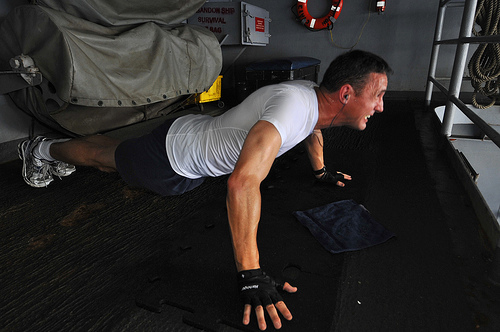
The Humble Pushup - Not to Be Neglected
Pushups are sometimes regarded as a second-rate exercise - no weights, no machines... But plenty of benefits. Pushups require input from muscles all over your body. Your back, core, legs, are all involved - and they're a great way to hit your deltoids, triceps and upper back. The best way to make sure you're doing your pushups correctly is to think of them as an upper back and core exercise. Make sure that your hips don't sag, consciously turn on your glutes and use the muscles of your upper back to push the floor away, keeping your neck in a neutral position and your legs straight.
- Important notification about information and brand names used in this slideshow!
- Photo courtesy of U.S. Pacific Fleet by Flickr : www.flickr.com/photos/compacflt/6198529704/
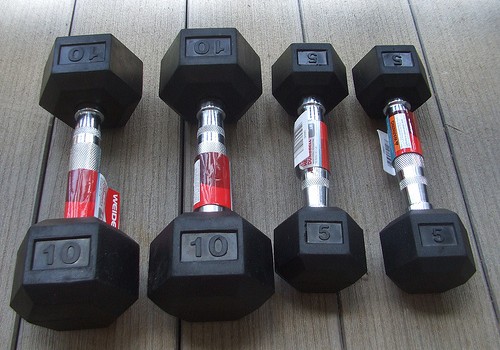
Dumbbells Exercises For Symmetry and Stability
Dumbells are a great training tool for adding some volume at the end of a training session. There's no questioning the body of evidence that shows that the simple, heavy compound lifts are the way to get stronger - but adding some muscle will help you in that goal, and the way to add volume is with lighter weights for higher reps in assistance lifts like skull crushers and one-arm rows. Don't just think about the arms - dumbells can be used to load up Bulgarian split squats or shoulder exercises like one-arm overhead presses as well, and they're safer to use alone for high reps than a barbell.
- Important notification about information and brand names used in this slideshow!
- Photo courtesy of insomnix by Flickr : www.flickr.com/photos/insomnix/9021743012/
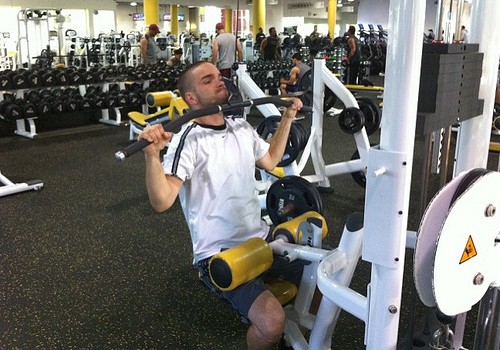
Lat Pulldown Machines - The Pull-Up's Little Brother
The lat pull-down is a substitute for pull-ups. If you can do pull-ups, without any issues, walk past the lat pulldown machine to the overhead bar and crank them out. But what if you can't? Most people are seriously deficient in vertical pulling strength. Many ordinary people can't do a single pull-up, others struggle with the demands on the spine and shoulders, or can only do a handful of pull-ups. If this is you, the pulldown machine can be your friend. It doesn't just work the lats (latissimus dorsii - the big muscles on either side of your upper back): it works the traps, rhomboids and more too. And the ability to alter the load means you can work your way up to pull-ups while adding volume for hypertrophy, working on activating those often-dormant upper back muscles and getting some confidence building reps in, instead of multiple failed pull-ups that just make you want to quit. And if you're moderately well conditioned, you can throw the lat pulldown in after your pull-up training for additional gains in muscle size (and hence strength) down the line, at a lower weight than bodyweight for higher reps...
The lat pull-down is a substitute for pull-ups. If you can do pull-ups, without any issues, walk past the lat pulldown machine to the overhead bar and crank them out. But what if you can't? Most people are seriously deficient in vertical pulling strength. Many ordinary people can't do a single pull-up, others struggle with the demands on the spine and shoulders, or can only do a handful of pull-ups. If this is you, the pulldown machine can be your friend. It doesn't just work the lats (latissimus dorsii - the big muscles on either side of your upper back): it works the traps, rhomboids and more too. And the ability to alter the load means you can work your way up to pull-ups while adding volume for hypertrophy, working on activating those often-dormant upper back muscles and getting some confidence building reps in, instead of multiple failed pull-ups that just make you want to quit. And if you're moderately well conditioned, you can throw the lat pulldown in after your pull-up training for additional gains in muscle size (and hence strength) down the line, at a lower weight than bodyweight for higher reps.
- Important notification about information and brand names used in this slideshow!
- Photo courtesy of LookBetterNaked by Flickr : www.flickr.com/photos/lookbetternaked/5998745062/
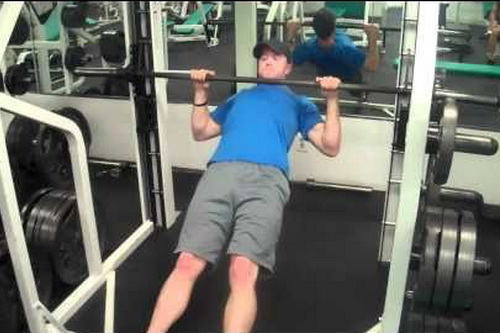
Inverse Rows - Not Just Hanging Around, These Will Build Your Back
Most of us do far too much pushing and far too little pulling, setting ourselves up for muscle imbalances down the line. To keep your joints healthy and your physique looking symmetrical, use inverse rows as a heavy exercise by doing them in a weighted vest, or throw them in as a finisher to help pull your body back into shape. When you get to the top of the movement, try to use your back to pull even higher; it's when you run out of arm and have to rely on your rhomboids and other scapular retractors that you'll get the real benefits of this simple but effective exercise.


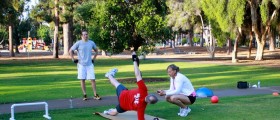
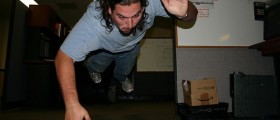
_f_280x120.jpg)

_f_280x120.jpg)
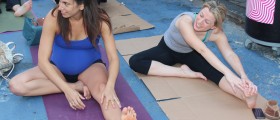

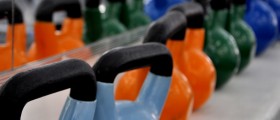
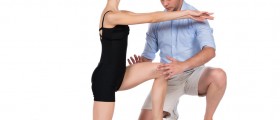
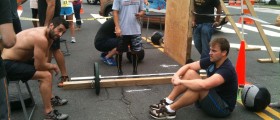
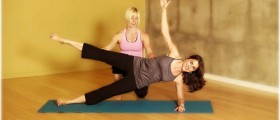




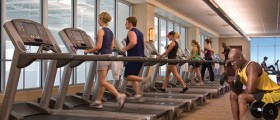
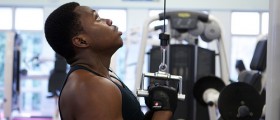

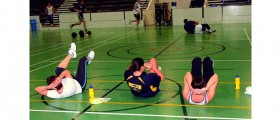
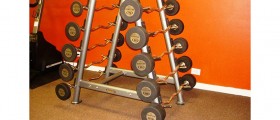



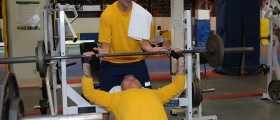
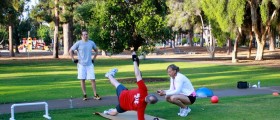
Your thoughts on this
Loading...